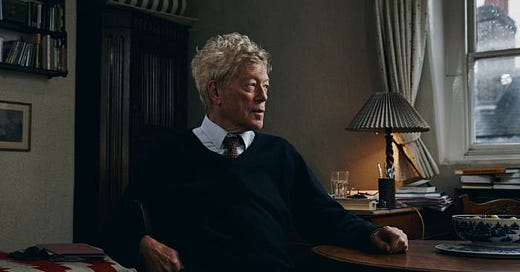Roger Scruton, the great British defender of traditionalism and classical beauty, died just as our great new era of ‘health’ was commencing, at the beginning of 2020.
Perhaps this was a mercy.
Scruton would have been appalled by what has followed.
Always a critic of the modern world’s brutal functionalism, the extent of the ugliness, of the plastic, of the…
Keep reading with a 7-day free trial
Subscribe to Chris Waldburger to keep reading this post and get 7 days of free access to the full post archives.



